Skills developed through arts can translate to other subjects, enhancing overall learning. Engaging in artistic activities helps to improve discipline and perseverance. This creative outlet not only promotes critical thinking but is especially important in getting the students to express themselves in new and creative ways. Whether it be painting, music, or theater, the arts play an essential role in forming proficient thinkers. Participating in these pursuits is extremely beneficial and can spark lifelong interest in creative ventures.
Community Learning Center Blog
Is Your Child Facing Obstacles in Their Studies?
They may be struggling at school, having trouble in getting the help they need to fully understand what they’re learning. It’s very important that they can smoothly progress in their education. Our one-on-one tutoring is designed to fit exactly what your child needs. We can help them achieve their academic goals.
Our students regularly achieve a full grade level of improvement with less than 30 hours of tutoring. Please call us at 727-441-4444.
Limiting Your Child’s Screen Time
Excessive screen time has been proven to interfere with cognitive ability and brain development. It has also been linked to increased levels of anxiety and negative affects on social skills and attention span. Screens should particularly be turned off when it gets closer to bedtime, as too much exposure to blue light from screens has been known to disrupt sleep patterns. We encourage that you give your child a very limited amount of screen time in general but especially during school nights. Help your child monitor their screen time and inspire them to engage in more time spent on hobbies, outside events, and creative activities. It’s very important that they’re able to function well at school and don’t always need to rely on screens to entertain them.
Meet our new Director of Tutoring, Lea Gilbertson!
“Hi, I’m Lea, and I was born in Italy. My educational journey began in
high school, where I trained to become an elementary school teacher. I
later attended university and graduated with a degree in Italian
language and literature. After teaching high school for 14 years, I
moved to the US, where I continued my career in tutoring and teaching at
various private language schools, working with students ranging in age
from 7 to 90 years old.
Currently, I serve as the Tutoring Director at the Community Learning
Center, where I oversee all tutoring activities for both students and
tutors.”
We are very excited to have Lea join the CLC family!
Fun and Fast Science Experiment for Young Kids
For this experiment, you’ll need water, a dry erase marker, and a ceramic bowl or plate.
- You start by drawing a simple character on the surface of your bowl. A stickman is a good place to start.
- Slowly pour a small amount of water onto the drawing and watch as your stickman begins to lift up off the bottom. As this happens, it will start to move on the surface of the water on its own.
- You can then use a toothpick to swirl the water around and make your stickman move and dance!
This experiment works as a great way to show density because of the ink’s insolubility to water and its low density that allows it to float.
Tax-Free Back to School Shopping Soon!
Happy Independence Day!
Making Cursive Fun
Printing out worksheets with dotted cursive letters or words for your child to trace over is a perfect way to start practicing. This helps them get used to the flow and formation of cursive letters. You can provide themed writing prompts like favorite places or animals and have your child write about them in cursive. Encouraging creative writing while practicing cursive handwriting can make it a lot more fun. Another great way to make cursive more fun is using it in artwork like painting. Once your child gets used to the flow of the letters, they’ll be able to smoothly write cursive in no time.
Tips For Writing a Good Research Paper
Clarify the purpose of your essay. Begin your report with an introduction that provides background information on the topic and outlines the main points that you will cover. Make sure you explain why you personally chose to write about your subject. Do your own research and credit the sources that you get the information from. Collect relevant data and statistics from credible sources to support your findings. Incorporate visuals such as charts or images to help illustrate key points. Review your final report for accuracy. Check for punctuation errors, grammar, and spelling.
Tips for Writing Your Own Story
Plan out the main events and structure of your story. Decide on how the beginning, middle, and end will work together. You should also consider any major plot twists or turning points. An outline can help keep your story organized and focused as you write. Describe the setting and atmosphere of your story in vivid detail to make the world come alive for your readers. Instead of simply telling them what’s happening, you can show it through scenes of actions and dialogue. Remember that writing is a process and can take time. Keep experimenting with new ideas.
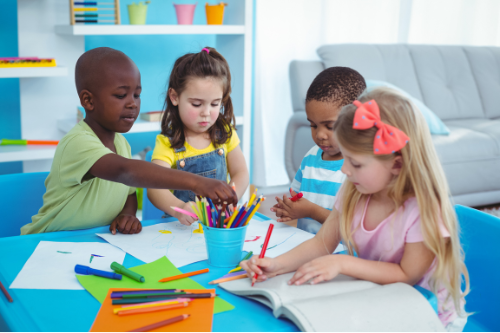
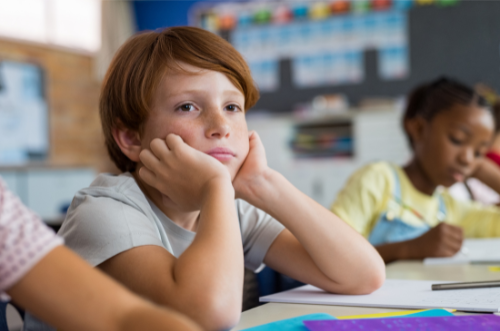
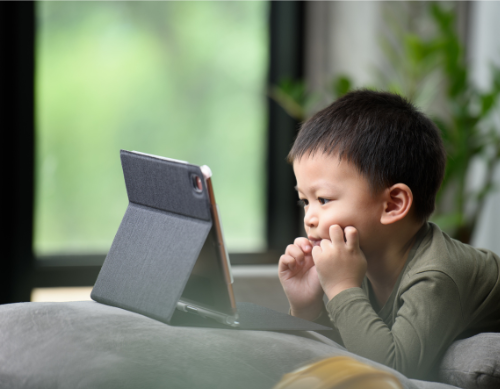

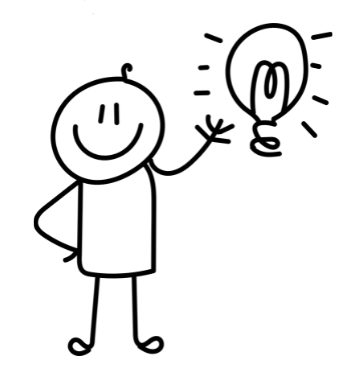
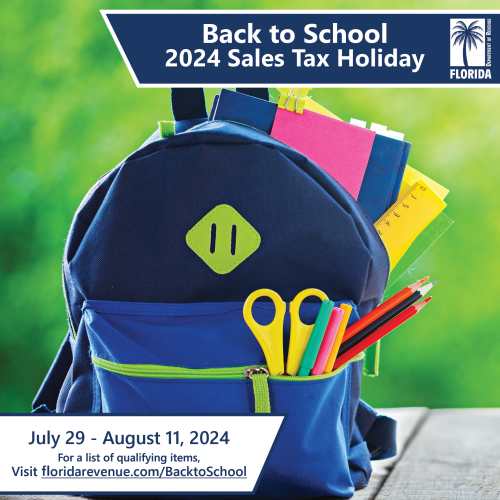


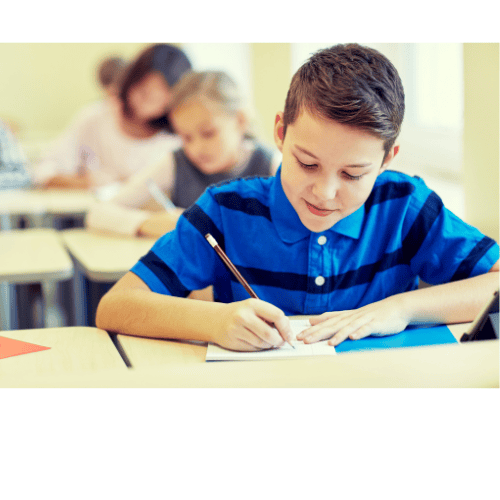
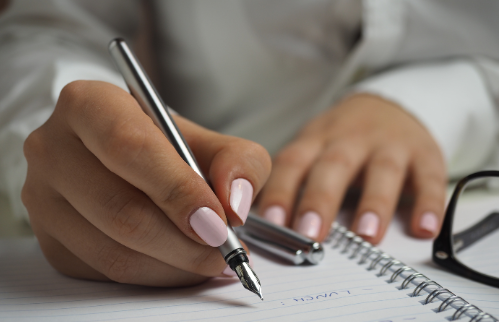




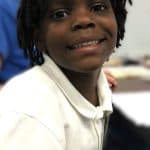
Recent Comments